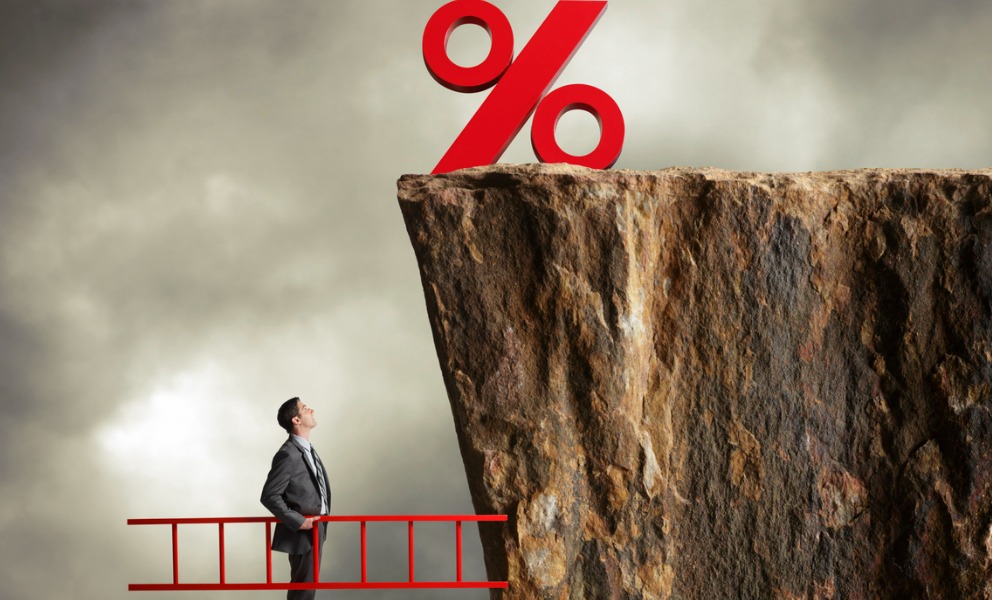Wood Mackenzie reports higher borrowing costs are making Canada's shift to net-zero emissions more difficult

Renewable energy companies in Canada are grappling with increased interest rates, making the transition to net-zero emissions more challenging, a report by Wood Mackenzie reveals.
Published on BNN Bloomberg, the report highlights the vulnerability of renewable energy and emerging technologies like carbon capture and storage to high interest rates, in contrast to the more traditional oil and gas sectors.
The report notes, “The higher cost of borrowing affects the energy and natural resources sectors unevenly,” emphasizing that low-carbon and green technologies, which are highly capital intensive and often rely on subsidies, are particularly susceptible.
Vittoria Bellissimo, president of the Canadian Renewable Energy Association, acknowledged the impact of the new interest rate environment on the industry, stating that it has been a topic of discussion in boardrooms across Canada.
Despite the challenges, renewable energy has seen significant growth in Canada due to falling production costs, with wind and solar generation becoming cheaper than traditional fossil fuel-based generation.
However, the substantial upfront capital costs for projects like solar farms or wind turbines, which often rely on long-term power purchase agreements for financing, are a major hurdle.
Richard Legault, CEO of Eocycle Technologies, pointed out the capital-intensive nature of renewable projects and the financial disadvantages compared to the oil and gas sector. “Renewables are cap-ex intensive because it's like buying all of your fuel for the next 20 to 30 years in year one,” he explained.
The rise in interest rates, intended to curb inflation, is complicating efforts to meet climate commitments globally. Wood Mackenzie estimates that achieving net-zero greenhouse gas emissions by 2050 will require US$75tn in investment.
The consultancy warned that the economics of many large-scale clean energy projects are adversely affected by higher borrowing costs.
In the US, Wood Mackenzie's analysis found that a two-percentage-point increase in the risk-free interest rate could increase the cost of electricity from renewables by up to 20 percent, compared to an 11 percent increase for natural gas-fired power plants.
Despite the increased costs, Legault remains optimistic about the momentum in the renewables sector, particularly due to the growing commitment of individuals and corporations to reduce greenhouse gas emissions.
“The interest rate hike will have an impact, but because we have so much momentum, it won't kill the renewables industry. But it will definitely slow it down,” he added.
The report concludes that governments need to provide clear, consistent, and sustained incentives to support the adoption of low-carbon energy and green technologies.
Bellissimo emphasized the importance of the clean technology investment tax credit promised by the federal government, which is crucial to prevent higher interest rates from impacting consumers' power bills.
She noted, “The demand for electricity is growing and we will need more renewable energy and energy storage. And wind and solar are the most affordable sources of electricity in the world today, even with higher interest rates.”



